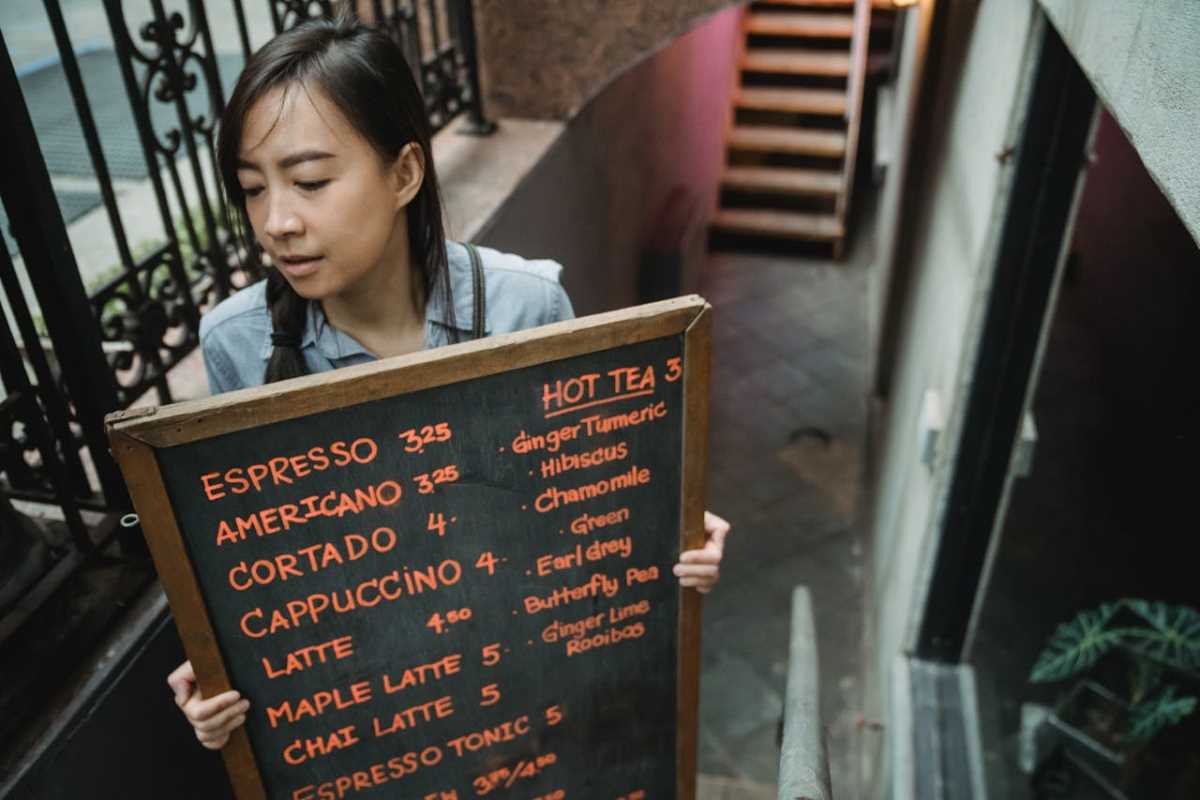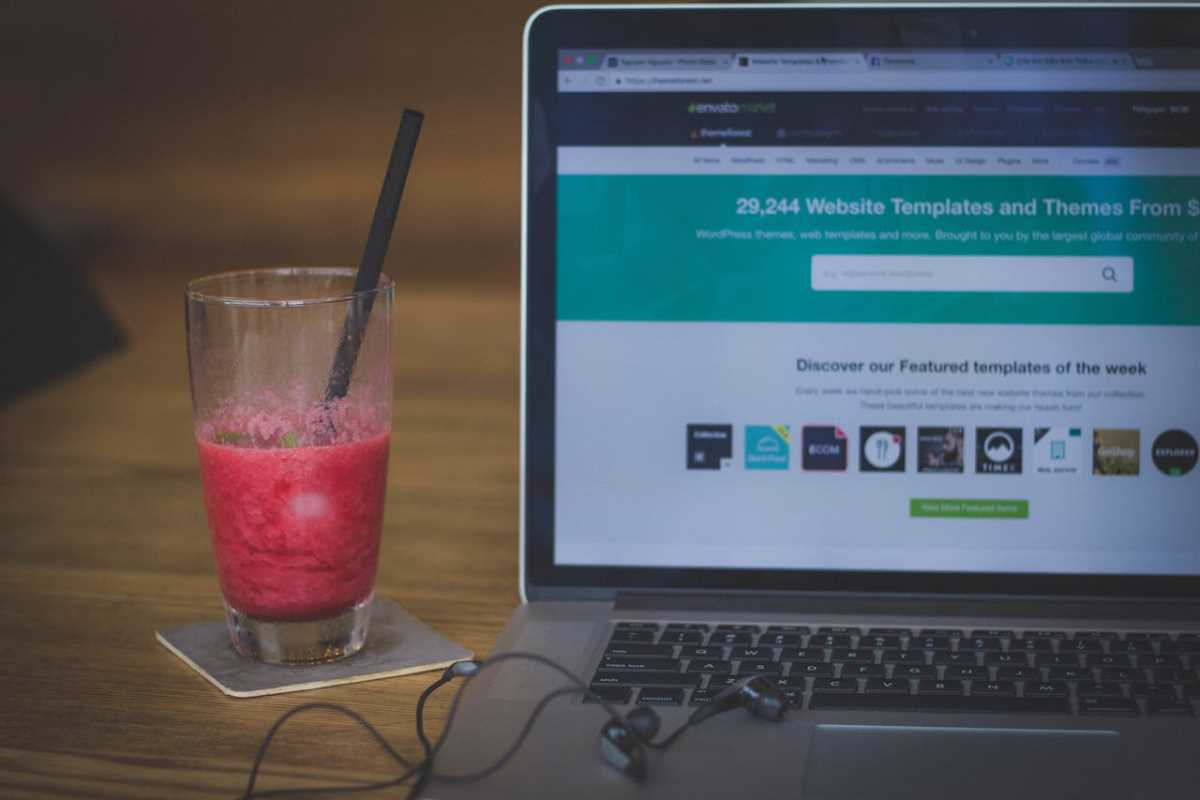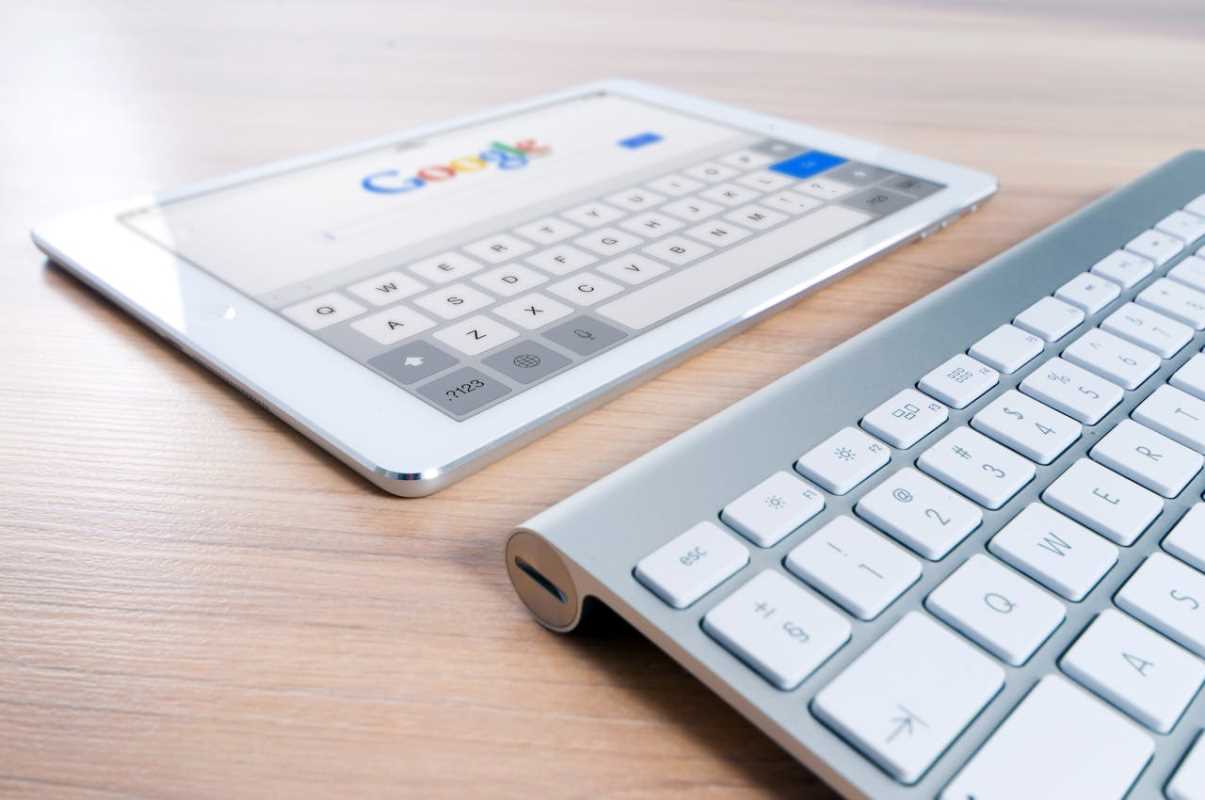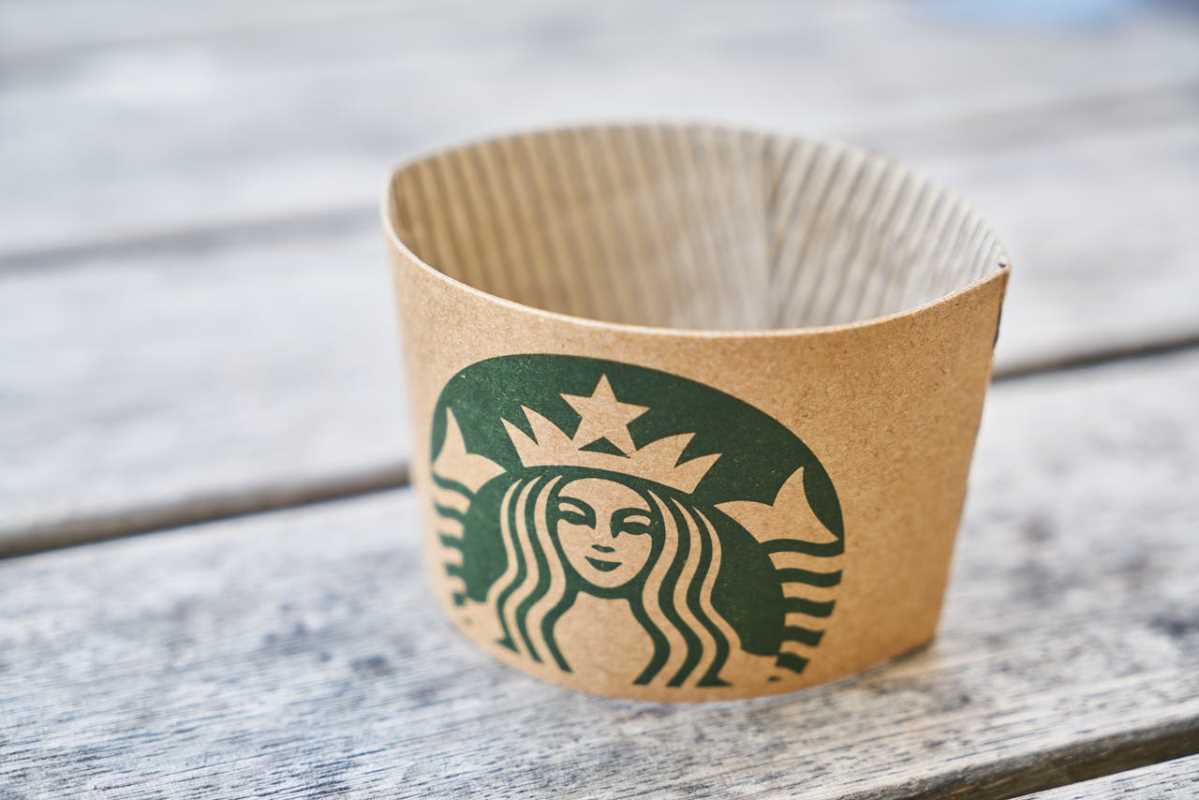You’ve developed a fantastic product and are ready to share it with the world. Now comes one of the most challenging parts of running a business: setting the right price. This decision goes far beyond just covering your costs and making a profit. The price you choose sends a powerful message to your customers about your brand's value, quality, and position in the market. Understanding the psychology behind pricing can help you make strategic choices that not only feel right but also encourage potential customers to make a purchase. We’re here to help you navigate these concepts and use them to grow your business. You’ve got this.
What is Psychological Pricing?
Psychological pricing is a strategy that uses pricing to influence a customer's purchasing behavior on a subconscious level. It's about how a price feels rather than just its numerical value. By presenting prices in specific ways, you can make an offer seem more attractive, create a sense of urgency, or highlight its value. These small adjustments can have a significant impact on your conversion rates and overall revenue. Let's explore some of the most effective techniques and how you can apply them.
The Power of Charm Pricing
Charm pricing is one of the most common and effective pricing strategies you'll see. It’s the practice of ending a price with the number nine. You see it everywhere, from a coffee priced at $2.99 to a shirt priced at $39. Why does this work so well?
The reason lies in how our brains process numbers. We read from left to right, so we anchor our perception of a price on the first digit we see. A price of $2.99 feels psychologically closer to $2 than it does to $3, even though it's only a one-cent difference. This is known as the "left-digit effect." The brain rounds down, making the price seem significantly lower and the deal more appealing.
For your business, implementing charm pricing is simple. Review your current prices and see where you can adjust them to end in a nine. A product priced at $50 can be changed to $49, instantly making it feel more affordable to potential customers without significantly impacting your profit margin.
Using Anchoring to Frame Value
The anchoring effect is a cognitive bias where people rely heavily on the first piece of information they receive when making a decision. In pricing, this means the first price a customer sees becomes an "anchor," and they use it as a reference point to judge all other prices.
You can use this to your advantage by showing a higher original price next to a lower sale price. For example, displaying a price as "$100 $75" immediately anchors the customer's perception of the product's value at $100. This makes the $75 sale price feel like a fantastic deal, creating a sense of urgency and value.
Another way to use anchoring is to display your pricing tiers strategically. By placing a more expensive "premium" option next to your standard option, you make the standard option seem more reasonably priced in comparison. This can guide customers toward the choice you want them to make, all by controlling the context in which they see the prices.
The Appeal of Product Bundling
Bundling is the strategy of selling several products together as a single package, often for a lower price than if the customer bought each item individually. This tactic appeals to our desire for value and simplicity.
- Increases Perceived Value: Customers feel like they are getting a great deal when they buy a bundle. The combined package feels more substantial, and the discount provides a clear incentive to purchase.
- Reduces Decision Fatigue: Instead of having to choose multiple complementary items, the customer is presented with a curated solution. This simplifies the shopping experience, which can lead to higher conversion rates. Think of a "Skincare Starter Kit" that includes a cleanser, moisturizer, and serum. It saves the customer the time and effort of finding each product separately.
To create effective bundles, analyze your sales data to see which products are frequently purchased together. Grouping these items into a bundle is a natural fit that meets a proven customer need.
The Decoy Effect: Guiding Customer Choice
The decoy effect is a more advanced pricing strategy that involves introducing a third option to nudge customers toward a specific choice. This third option, the "decoy," is designed to be asymmetrically dominated, meaning it's clearly inferior to one of the other options but not both.
Imagine you offer two subscription plans:
- Basic Plan: $10/month
- Premium Plan: $25/month
Here, a customer might find it hard to choose. Now, let's introduce a decoy:
- Basic Plan: $10/month
- Standard Plan (Decoy): $20/month (with slightly more features than Basic)
- Premium Plan: $25/month (with significantly more features than Standard)
The Standard plan is the decoy. It makes the Premium plan look like an incredible deal. For just $5 more than the decoy, the customer gets a lot more value. This strategy makes the target option (Premium) seem far more attractive than it did when it was only compared to the Basic plan.
Presenting Your Prices for Maximum Impact
How you visually display your prices can also influence how they are perceived.
- Font Size: Research has shown that displaying prices in a smaller font can make them seem smaller in value.
- Omit the Comma: Prices like "$1,499" can sometimes feel longer and therefore larger than "$1499." Removing the comma can make the price seem lower.
- Use Fewer Syllables: When a price is spoken out loud, a price with fewer syllables can feel smaller. For example, "$27.82" (seven syllables) can feel more expensive than "$28" (two syllables).
These are subtle tweaks, but they can work together to create a more positive perception of your pricing.
Pricing is both an art and a science. Start by testing one or two of these techniques, like charm pricing or bundling. Monitor your results and listen to customer feedback. With a little experimentation, you can find the sweet spot that communicates your brand's value and helps your business thrive.
 (Image via
(Image via





